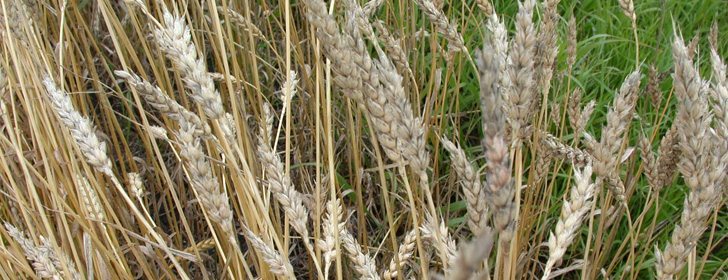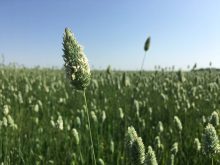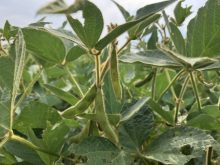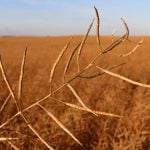WINNIPEG — Wheat flowering used to be one of the most stressful times of the growing season for Neil Galbraith, who farms 3,000 acres north of Minnedosa, Man.
Galbraith would become agitated in the middle of summer when high humidity and other factors created the ideal conditions for fusarium head blight to flourish on his farm.
Based on information he had gathered from chemical companies and fusarium experts, Galbraith believed cereal growers had only a two to three day window to apply fungicide.
He suffered sleepless nights and a great deal of stress when his wheat fields flowered at the same time.
Read Also
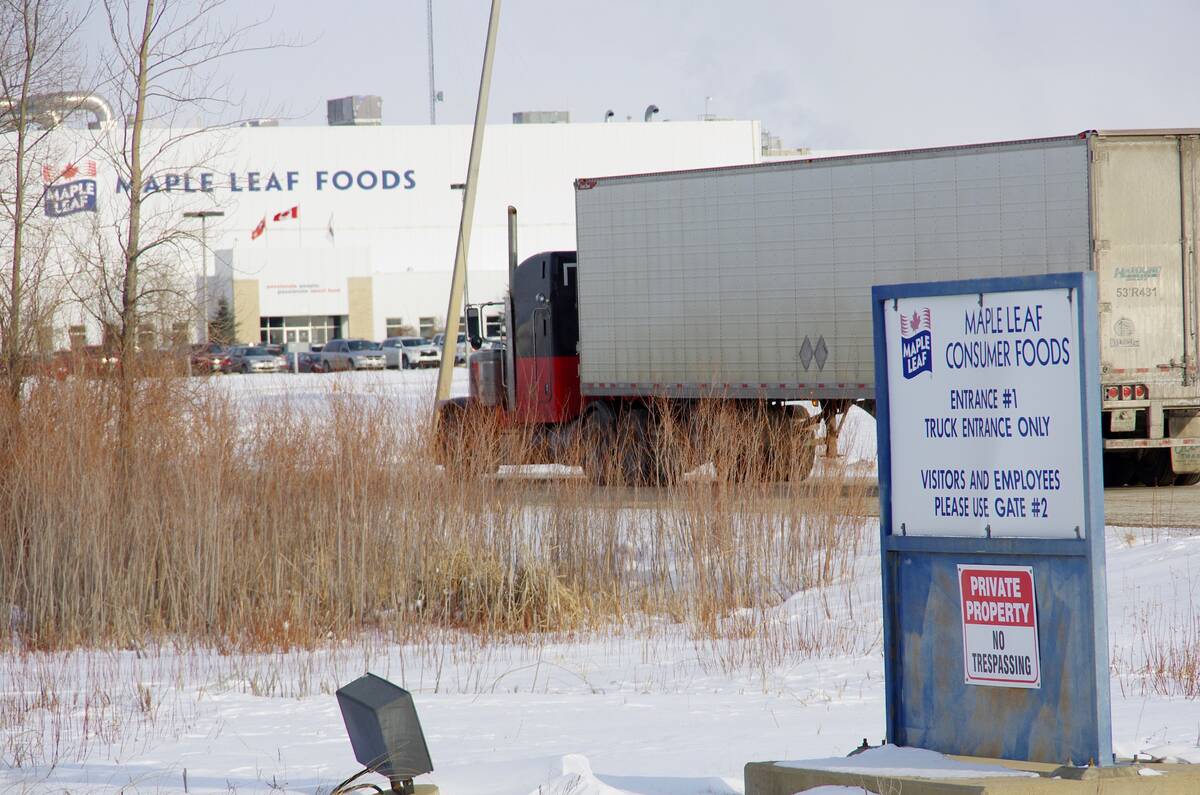
Manitoba pork exports gain new market ground
Manitoba’s pork trade pivoted from China over the last five years, while Japan is remains the largest customer and South Korea and Mexico market footholds have grown
However, Galbraith has become more relaxed in the last couple of years about spraying for fusarium at the perfect time.
“I don’t worry as much as I used to if I’m one or two days late now,” Galbraith told the Canadian Workshop on Fusarium Head Blight in Winnipeg in late November.
“If you are a couple of days later than (the ideal time), you can still get some positive economic responses.… I’m getting more confident waiting until flower time to cover fusarium and my flag leaf diseases.”
In contrast to the other speakers at the three-day workshop, mostly plant pathologists and breeders, Galbraith provided a first hand account of how he manages fusarium on his farm. He said fusarium has been a downgrading factor for wheat around Minnedosa in four of the last six years.
Last year was particularly bad. The level of fusarium damaged kernels in his wheat crop was .25 to four percent and the average for the region, based on data from Galbraith’s local elevator, was 1.2 percent with highs of 15 to 20 percent.
Fusarium wasn’t a factor in most parts of Manitoba this year because of the dry summer, but Galbraith still applied fungicide at wheat flowering and thinks it made a difference in his crop.
“A lot of my neighbours were shaking their heads at me a little bit,” he said, as they watched Galbraith apply Prosaro, a Bayer fungicide, to all of his wheat fields this summer.
“But you get into a groove and you look for yield potential.”
The application may have paid off because staff at the local elevator couldn’t believe the weight per bushel when Galbraith delivered his wheat.
“They said they hadn’t seen 70 pound red spring wheat before,” he said.
His best wheat fields were 67 to 70 lb. per bushel.
As for yield, Galbraith’s better fields produced 55 to 60 bu. per acre.
“The poorer fields, those ones that I thought would yield maybe 30 to 35, ended up yielding 40 to 45. In a nutshell, everything yielded 10 bu. per acre more than I expected.”
Galbraith said the high yields justify the hassle of applying fungicide at flowering.
Buying a new air seeder in 2008 helped lowered Galbraith’s stress levels.
He used to think it was nearly impossible to get even emergence on his undulating fields, which meant it was unlikely wheat would flower at the same time throughout a field and make it almost impossible to properly time a fungicide application.
But the new air seeder provides more even emergence and thus more even flowering across the field.
Galbraith also thinks it is now acceptable to apply fungicide a few days past the ideal time, provided the crop has above average yield potential.
Although he hasn’t done a cost-benefit analysis to determine if the returns are worth the cost, Galbraith said spraying at flowering, late or not, is working on his farm.
“When your crop does better than you expect, or better than crops in the area that weren’t sprayed, then, for sure, you feel it was worth it.”
Given the wet conditions in recent years and the yield and quality losses associated with fusarium, Galbraith is surprised that few growers in western Manitoba apply fungicide at flowering.
A farm supply representative in Galbraith’s region told him only 15 to 20 percent of wheat growers were spraying for fusarium and other diseases at anthesis.
The low percentage doesn’t surprise Pam de Rocquigny, feed grains specialist with Manitoba Agriculture.
She said cereal growers in eastern Manitoba have a long history with fusarium head blight and are more likely to spray every summer.
However, with the exception of recent years, the disease hasn’t been a significant factor for producers in western Manitoba.
Jeannie Gilbert, an Agriculture Canada plant pathologist at the Cereal Research Centre in Winnipeg, said fusarium experts may need to reach out to farmers in regions where fusarium isn’t historically a significant risk.
“Maybe we do need to improve the technology transfer (from scientists to farmers),” she said.
For instance, scientists need to stress that fungicides work better in collaboration with fusarium resistant wheat varieties.
“You always get an improvement in the efficacy of the fungicide on a moderately resistant variety,” she said. “Control of the disease is rather minimal on a susceptible variety.


